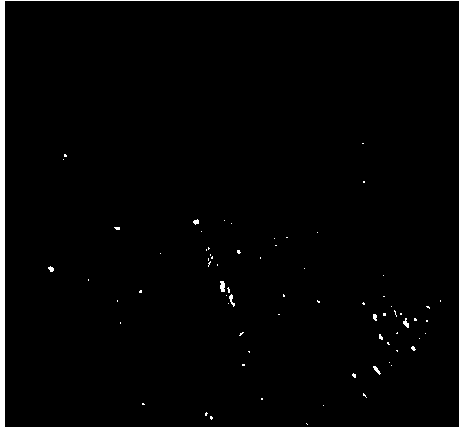Temperature stage type calendaring film forming method of nonwoven filter cloth
A film-forming method and non-woven fabric technology, applied in separation methods, chemical instruments and methods, filtration separation, etc., can solve the problems of poor film-forming smoothness, poor regeneration effect, and low filtration precision, and achieve high wear resistance coefficient, Fast filtering speed and good finish
- Summary
- Abstract
- Description
- Claims
- Application Information
AI Technical Summary
Problems solved by technology
Method used
Image
Examples
Embodiment
[0020] The surface fibers of the non-woven filter cloth are polypropylene fibers, the melting point T1 is 170°C and the softening point T3 is 130°C as measured by the melting point instrument (DSC).
[0021] Follow the steps below in turn:
[0022] a. Carry out the first calendering treatment with the melting point temperature T1=170°C of the fibers on the surface of the non-woven fabric as the temperature of the calendering roll;
[0023] b. Carry out the second calendering treatment with the transition point temperature T2=150°C as the calender roll temperature;
[0024] c. Carry out the third calendering treatment with the softening point temperature T3=130°C of the fibers on the surface of the non-woven fabric as the calender roll temperature.
[0025] The pressure and speed of the three calendering treatments are in accordance with the conventional requirements.
PUM
| Property | Measurement | Unit |
|---|---|---|
| melting point | aaaaa | aaaaa |
| softening point | aaaaa | aaaaa |
Abstract
Description
Claims
Application Information
 Login to View More
Login to View More - R&D
- Intellectual Property
- Life Sciences
- Materials
- Tech Scout
- Unparalleled Data Quality
- Higher Quality Content
- 60% Fewer Hallucinations
Browse by: Latest US Patents, China's latest patents, Technical Efficacy Thesaurus, Application Domain, Technology Topic, Popular Technical Reports.
© 2025 PatSnap. All rights reserved.Legal|Privacy policy|Modern Slavery Act Transparency Statement|Sitemap|About US| Contact US: help@patsnap.com



